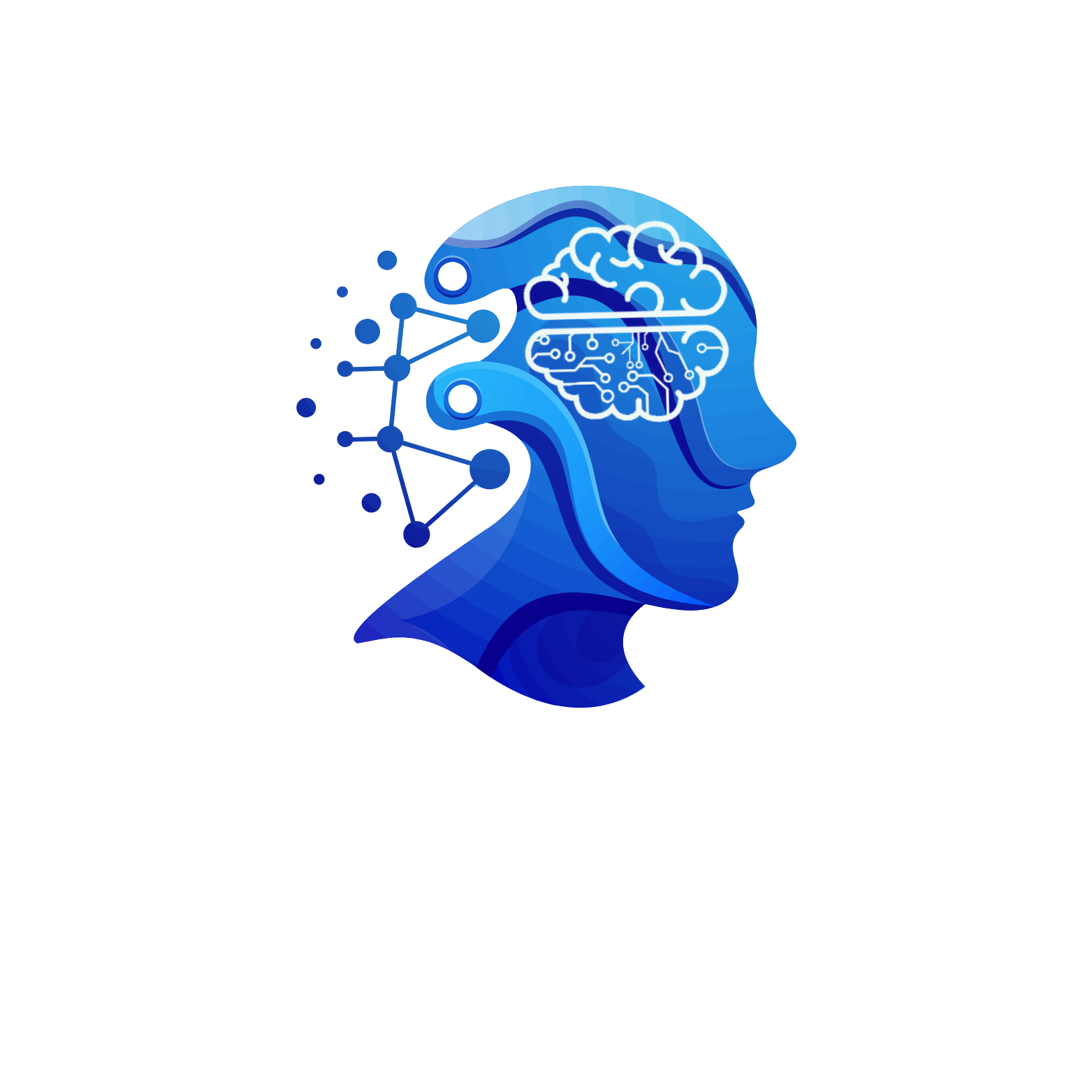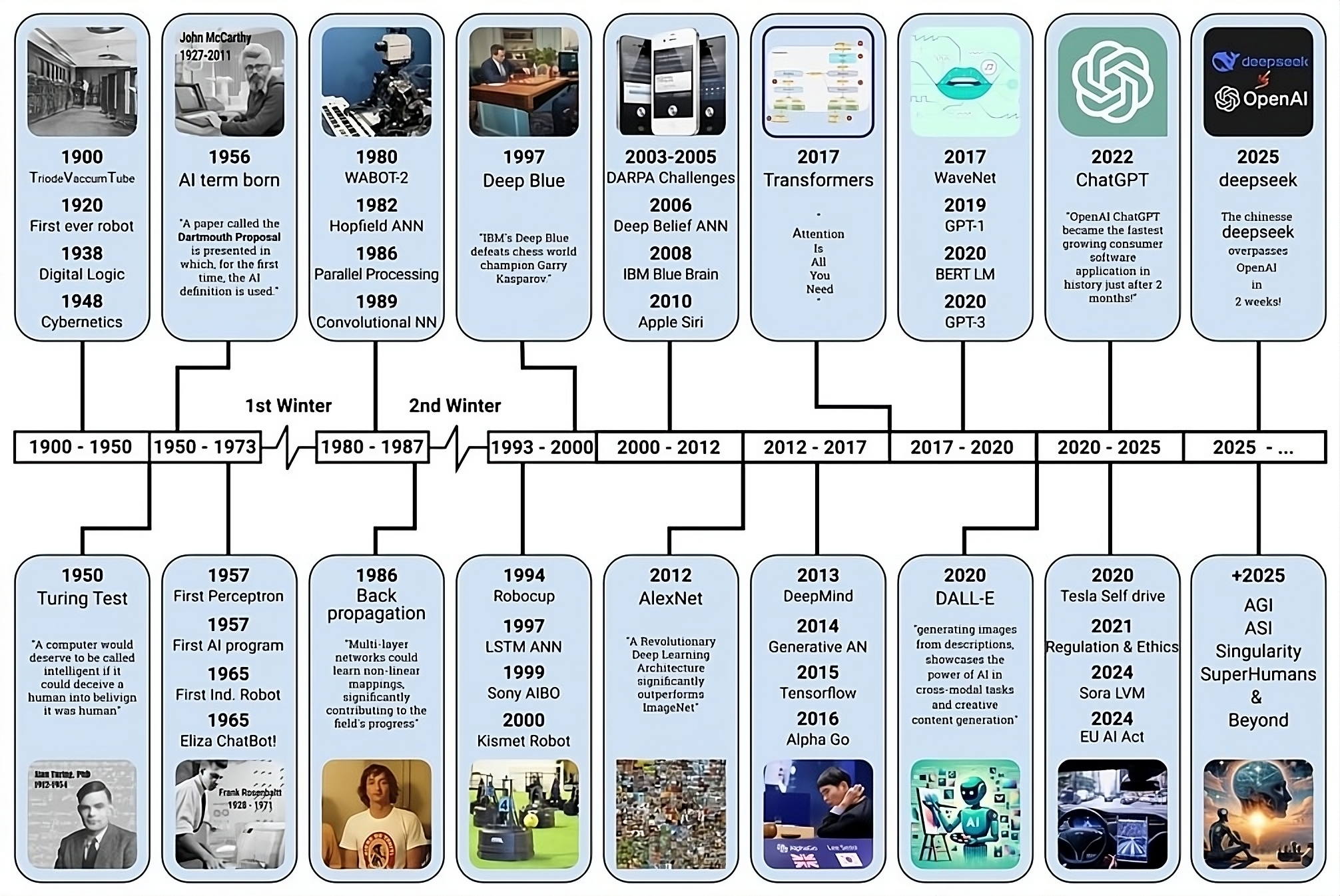


Ref: International Journal of New Developments in Education
| Country | Robotics | Programming | AI/ML | |||||||||
|---|---|---|---|---|---|---|---|---|---|---|---|---|
| % of Schools Offering | Starting Year | Number of Schools | Avg Cost per Student | % of Schools Offering | Number of Schools | Starting Year | Avg Cost per Student | % of Schools | Number of Schools | Starting Year | Avg Cost per Student | |
| USA | 40% | 1980 | 10,500 | $300 | 50% | 12,000 | 2015 | $350 | 35% | 11,000 | 2018 | $400 |
| Japan | 35% | 2000 | 8,500 | $250 | 40% | 9,500 | 2016 | $300 | 30% | 15,500 | 2019 | $360 |
| South Korea | 30% | 2003 | 6,000 | $200 | 35% | 5,000 | 2014 | $250 | 25% | 5,800 | 2020 | $300 |
| Germany | 25% | 2004 | 5,000 | $220 | 30% | 4,200 | 2015 | $280 | 15% | 4,800 | 2021 | $320 |
| China | 20% | 2010 | 16,000 | $160 | 25% | 12,000 | 2018 | $200 | 20% | 16,500 | 2019 | $200 |
| United Kingdom | 18% | 2014 | 3,500 | $280 | 22% | 3,000 | 2016 | $320 | 20% | 3,600 | 2021 | $380 |
| Canada | 15% | 2015 | 2,200 | $260 | 20% | 2,000 | 2017 | $300 | 18% | 2,100 | 2020 | $340 |
| Australia | 12% | 2016 | 1,600 | $180 | 15% | 1,200 | 2018 | $250 | 10% | 1,700 | 2022 | $280 |
| Singapore | 10% | 2017 | 1,200 | $320 | 10% | 1,000 | 2019 | $400 | 8% | 1,100 | 2023 | $440 |
| France | 8% | 2018 | 2,200 | $230 | 7% | 2,000 | 2019 | $300 | 6% | 2,100 | 2023 | $310 |


Problem-Solving skills by AI using programming and program creation
Analyze data, identify patterns, and make informed decisions using AI and coding. Thinking smarter, not harder.
Stay ahead of the curve with a passion for continuous learning in the ever-evolving world of technology. Always learning, always growing.
Design and build innovative products and services, bringing your ideas to life with future tech. Dream it, design it, build it.
Improved Student Outcomes Elevate student performance in STEM subjects, preparing them for success in competitive college programs and future careers. Drive academic excellence.
Enhanced School Reputation Position your school as a leader in future-ready education, attracting top students, passionate educators, and positive community recognition. Become a STEM leader.
Increased Funding Opportunities Unlock access to grants and funding specifically designed for STEM and AI education initiatives, maximizing your school's resources. Secure funding for innovation
Future-Proof Curriculum Offer a cutting-edge curriculum that equips students with the skills and knowledge demanded by the 21st-century workforce, ensuring their future success. Prepare students for tomorrow
Eduvatic STEM Course Eduvatic's STEM course is a valuable addition to your existing curriculum, enhancing student engagement and providing hands-on learning experiences aligned with the National Education Policy (NEP) 2020.
Center of Innovative learning Impact The Center of Innovative learning will significantly boost student enrollment and enhance digital literacy, attracting students and families seeking a forward-thinking education.
Students will master emerging technologies like Robotics, AI, and ML, developing critical thinking, problem-solving, and innovative thinking skills that will set them apart in the academic and professional worlds. Unlock your potential.
Eduvatic is committed to providing Indian students with the crucial skills they need to thrive in the digital landscape, improving their employability prospects and contributing to India's future economic success. Empowering India's future workforce.